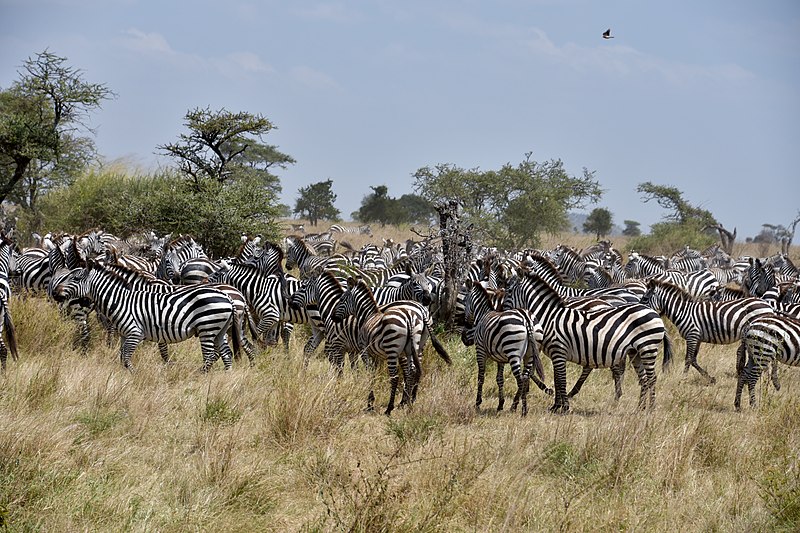English Across the Curriculum
The World of Mammals
Life Habits of Mammals
Many mammals live in families or groups. Wolves and lions help each other in their search for food and protect each other from attackers. Leopards, cats, tigers and other mammals prefer living alone . They do not share their living space and food that they have, however males and females get together to mate. Mammals can mark the areas that they live in. They defend these areas by fighting off attackers. Some mammals claim territories only during the breeding season.
Many mammals migrate during special times of the year in order to get food and survive. North American bats travel to the south because insects become scarce during the cold winter months. Zebras and other wild animals follow the rainy seasons in Africa to find green grass. Whales migrate to warmer southern waters off the coast of Mexico to give birth to babies because they can not survive in the cold waters of the Arctic Ocean.

Herds of zebras migrating in eastern Africa
Richard Mortel from Riyadh, Saudi Arabia [CC BY 2.0], via Wikimedia Commons
Some mammals hibernate because they cannot find enough food to survive. Their body temperature falls, heartbeat and breathing become slower. During this period hibernating mammals do not eat. They live from the fat of their bodies. Bats, squirrels and other rodents hibernate.
Mammals defend themselves from attackers in many ways. Hoofed mammals can run quickly in order to get food or escape. Squirrels rush into trees to hide. Some animals have special features that protect them from enemies. Skunks spray a bad smelling liquid to keep off attackers. The fur of mammals sometimes changes with its surroundings. Arctic foxes, for example, are brown in summer and in the winter their coats turn white.
